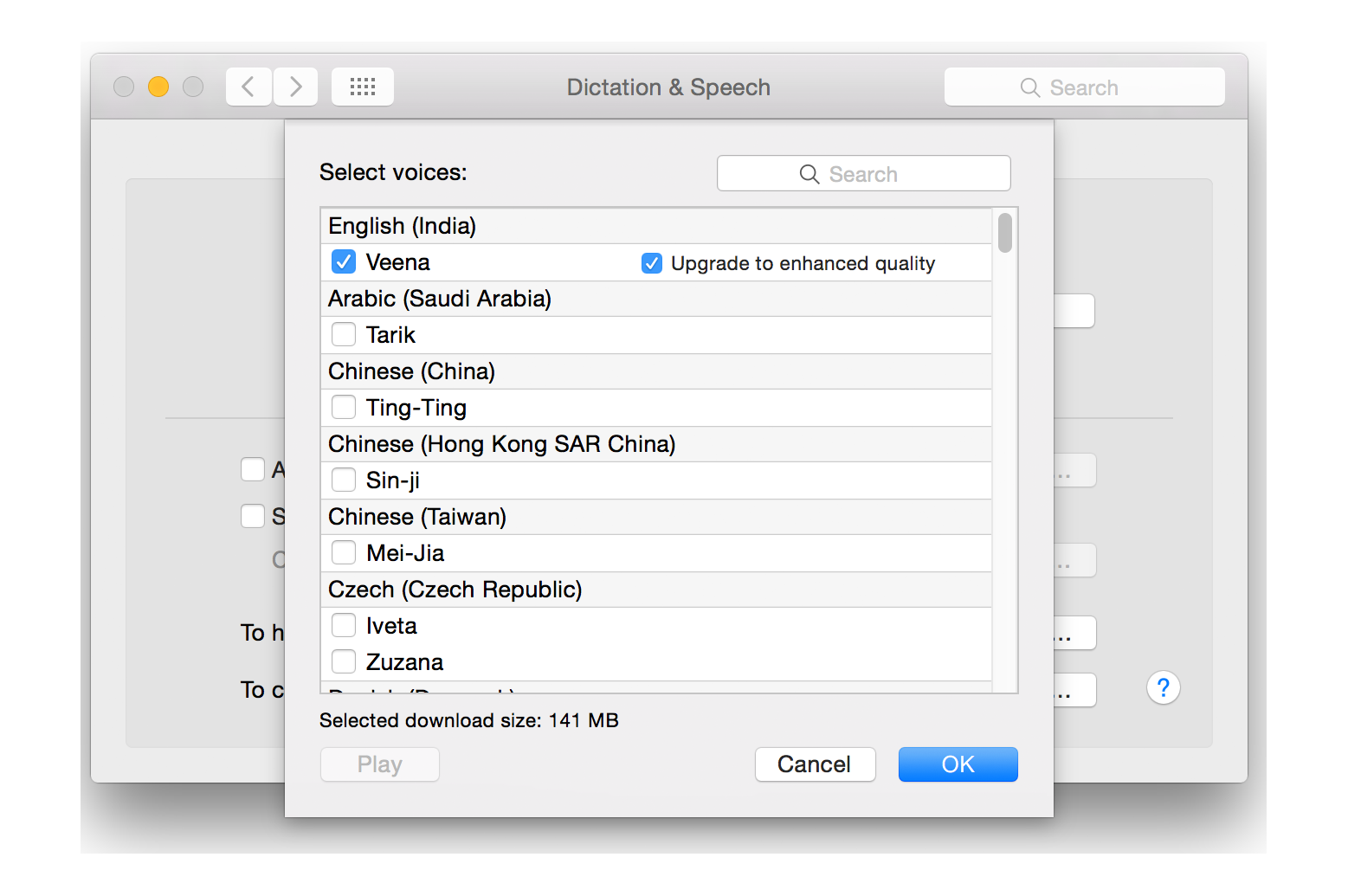

It supports several languages, and comes with an easy-to-use interface. OpenTTS is a free, open-source Open Text to Speech Server written in Python. It also can run on Android, PowerPC, and with Web Assembly.

Kaldi can run on Windows, Linux, and macOS.
#BEST FREE TTS API CODE#
Kaldi is a toolkit for speech recognition written in C++ and licensed under the Apache License v2.0.The source code is available at GitHub.

MARY TTS is released under the LGPL-3.0 License. It is available for Windows, Linux, and macOS.

MARY TTS is an open-source, multilingual text-to-speech synthesis system written in pure java. In this article we offer you our collection of free, open-source Text-To-Speech (TTS) and speech synthesis apps. In many modern operating system, Text-to-speech is a built-in accessibility feature to assist people who cannot read on-screen text easily. Nowdays, many YouTube channels uses this technology in order to minimize their edit and increase their production. People with dyslexia, or learning disabilities uses TTS to The primary advantageous of this technology are people with visual and reading impairments, as they were its first users. The benefits of TTS? OpenTTS: Open Text to Speech Server In 1961, physicist John Larry Kelly, Jr and his colleague Louis Gerstman used an IBM 704 computer to synthesize speech, an event among the most prominent in the history of Bell Labs. The first Text-To-Speech system was introduced to the world in 1968 by Noriko Umeda et al, at the Electrotechnical Laboratory in Japan. Since browsers may support each portion of the Web Speech API separately (e.g.Text-to-speech or speech synthesis is an artificially generated human-sounding speech from text that recognize words and formulate human speech.
#BEST FREE TTS API FULL#
# Browser SupportĬhrome 33 has full support for the Web Speech API, while Safari for iOS7 has partial support. Well now we have the full Web Speech API to speak back the translation! I've updated the demo to use the synthesis API. Unfortunately, it used an undocumented (and unofficial API) to perform the speech synthesis. In my Google I/O 2013 talk, " More Awesome Web: features you've always wanted" ( I showed a Google Now/Siri-like demo of using the Web Speech API's SpeechRecognition service with the Google Translate API to auto-translate microphone input into another language: The API also allows you to get a list of voice the engine supports: speechSynthesis. voice = voices // Note: some voices don't support altering paramsĬonsole. However, you can also alter parameters to effect the volume, speech rate, pitch, voice, and language: var msg = new SpeechSynthesisUtterance ( ) The most basic use of the synthesis API is to pass the speechSynthesis.speak() and utterance: var msg = new SpeechSynthesisUtterance ( 'Hello World' ) If you're interested in speech recognition, Glen Shires had a great writeup a while back on the voice recognition feature, " Voice Driven Web Apps: Introduction to the Web Speech API". The post briefly covers the latter, as the API recently landed in Chrome 33 (mobile and desktop). The Web Speech API adds voice recognition (speech to text) and speech synthesis (text to speech) to JavaScript.


 0 kommentar(er)
0 kommentar(er)
